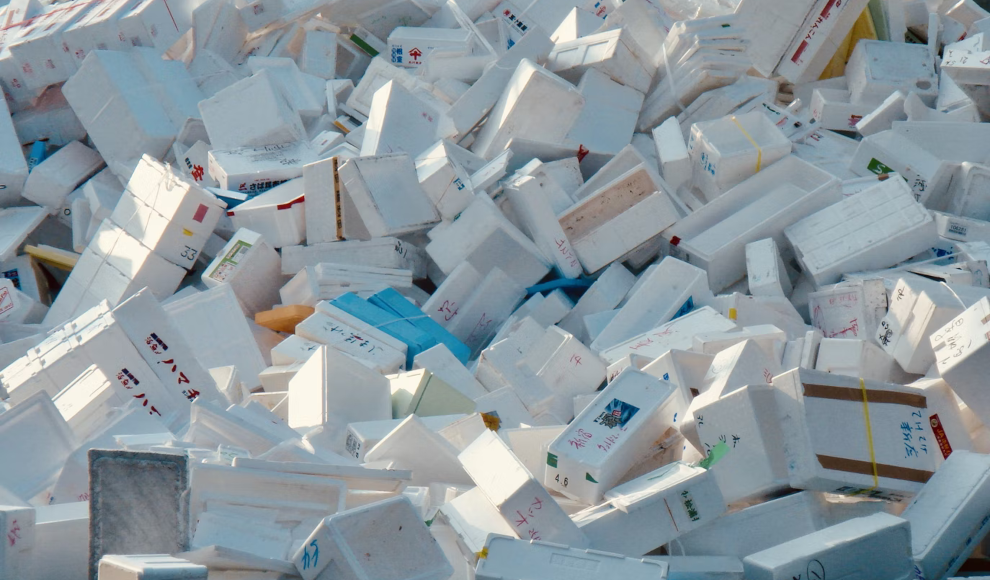A groundbreaking new process has been developed that simplifies the recycling of plastics. Scientists at Cornell University have presented a new method for recycling polystyrene in the Journal of the American Chemical Society. The process involves breaking down the main component of Styrofoam into small molecules using light, air, and the simple molecule iron chloride. These molecules can then be used as raw materials for new products. The researchers discovered this recycling method when they dissolved polystyrene in the solvent acetone under the influence of iron chloride and oxygen. They then irradiated the mixture with white light for 20 hours during the process. They observed that the long polymer chains of the plastic broke down into their individual components, mainly benzene rings, which can be used as raw materials for various chemical processes.
According to the researchers, their recycling method is based on the decomposition of polymer chains by oxygen and chlorine radicals. The light in this process breaks the bond between iron and chlorine, creating chemically reactive chlorine atoms. These atoms then remove hydrogen atoms from the places where the polymer’s building blocks are linked, allowing oxygen to attack and break down the chain molecule into its basic components. This process is very efficient, unlike most other plastic recycling methods, which result in shorter polymer chains, reducing the processing options for recycled materials. With this new process, new products can be made from the recovered basic components, making it the basis for a more sustainable plastic recycling process.
This recycling process, which produces economically significant raw materials, is called upcycling. Unlike other upcycling methods that require a lot of energy and aggressive chemicals and produce problematic waste, this new technique is much simpler. It mainly requires benzoic acid, an easy-to-handle substance that can be recovered afterwards. The researchers plan to conduct further experiments to determine if their process can be used on an industrial scale. So far, the recycling method has only been tested with a few milligrams of polystyrene, but there are no indications that it cannot be used on a large scale. This new process could revolutionize the way we recycle plastics and help us move towards a more sustainable future.










